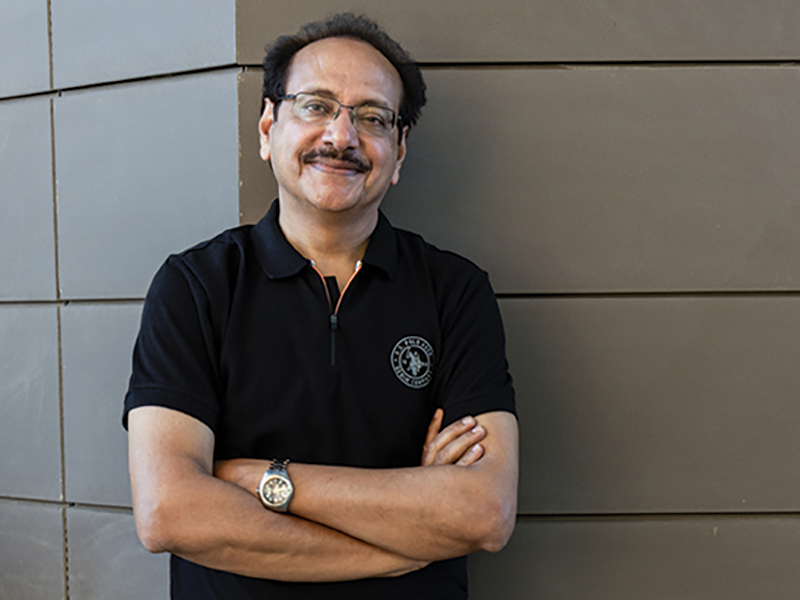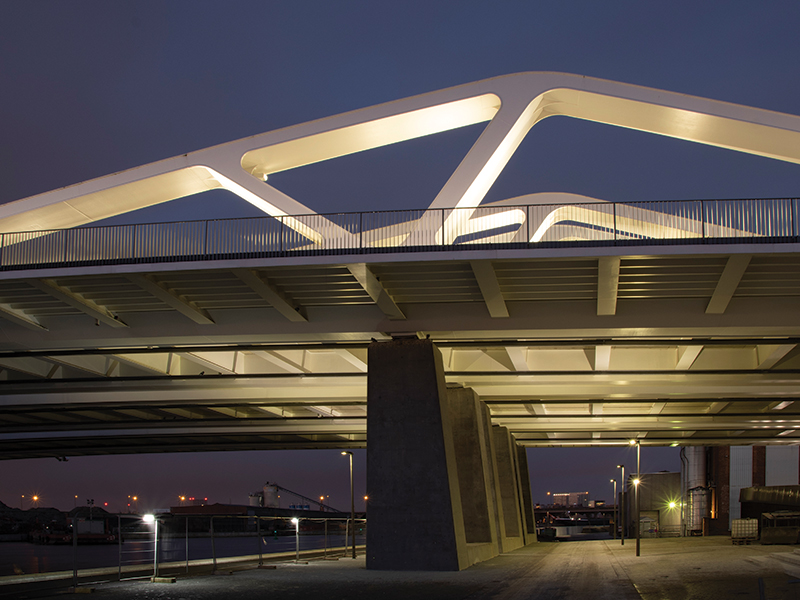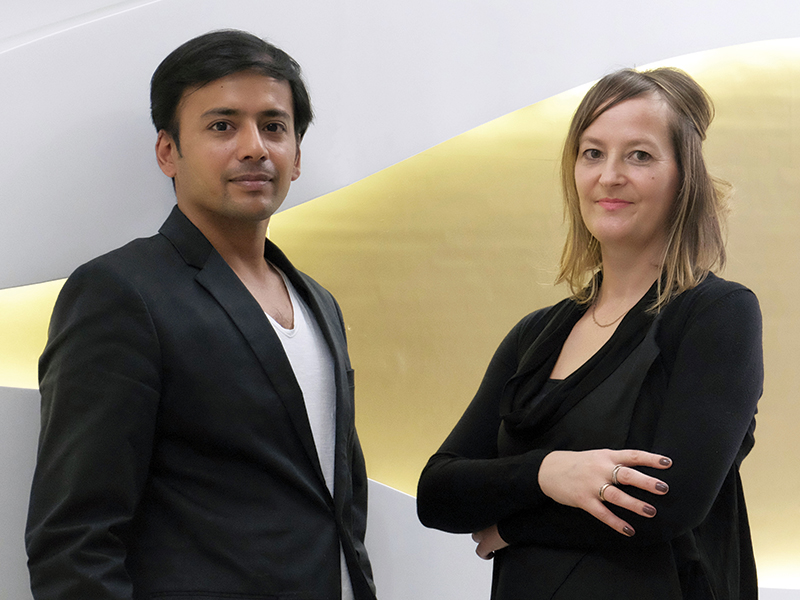
Our homes today have re-emerged as sanctuaries –– places of safe and ‘socially-distanced’ work, leisure, and engagement –– and our verandahs, balconies, and terraces as thresholds from which we stay connected with the world at large. The fundamental way we live, how we interact with our families or move within our homes, hasn’t changed much, apart from repurposing rooms for quarantine or creating a dedicated quiet zone for work.
Our value systems and design sensibilities need an urgent re-evaluation. Architecture has the power of affecting and controlling the behaviour of people who engage with it. This must start with an understanding of what is essential for sustenance and how our homes connect to the outside world for delivery of these products or public services. Where does our food, water, and power come from? Where does our waste go? What if our homes could be completely off this grid?
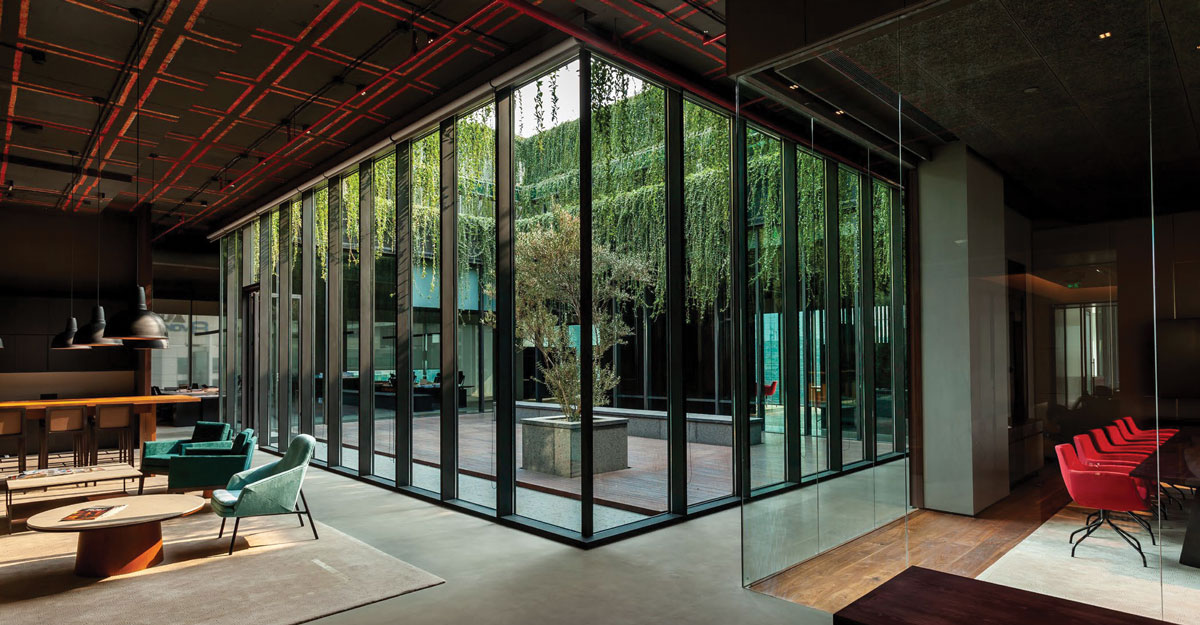
I envision low-rise residential developments that would be navigable by foot.
When compared to high-rise apartment buildings with high densities and large numbers of elevator banks and common spaces, this scheme would allow for easier and more efficient isolation in the event of a contagion. Each dwelling unit (or a sector with 3-4 dwelling units) would have independent administrative control and access points serviced by small, autonomous public travel capsules, which would ply frequently with flexible routes right to the traveller’s destination, limiting physical interaction with others. These vehicles would also reduce our current dependence on the high-density public transport model, providing a more efficient transit solution while ensuring social distancing.
Zooming in, the architecture of the units would be based on modularity and create open-ended frameworks for flexible dwelling systems. An adaptable framework with well-serviced and well-lit spaces that can be used for multiple activities in the short term also offers the possibility of a longer life span for a building, and a variety of possible long-term uses.
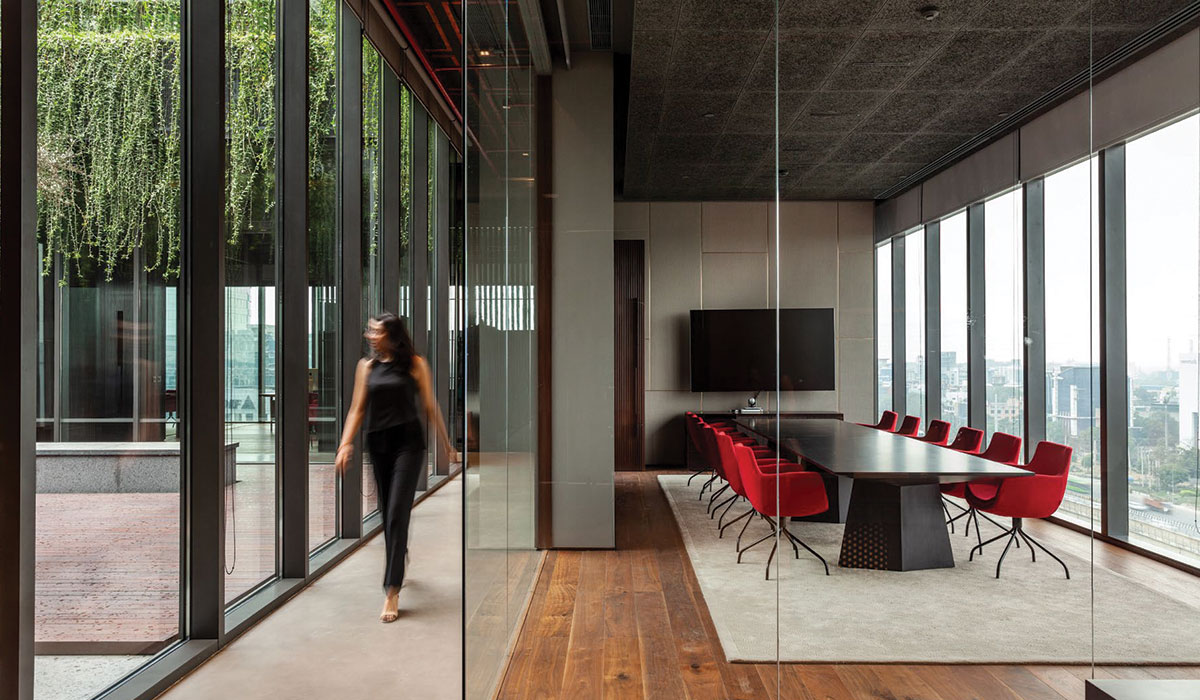
As work, leisure and domestic activities become interchangeable, buildings will act like evolving landscapes.
Open plan studio apartments with collapsible partition walls and roofs and flexible storage systems will allow residents to reconfigure their homes, enclosing and combining spaces or lending them to the greens, as needed. Within the unit, distinct zones would be created –– from community spaces such as arrival courtyards, foyers, and formal living rooms to host guests, to spaces for the family to engage, to private rooms for individual inhabitants –– which could be easily sealed off with movable partitions when needed. Isolation wards could be housed in the basement with direct access to the outdoors via sunken green courtyards for fresh air and light.
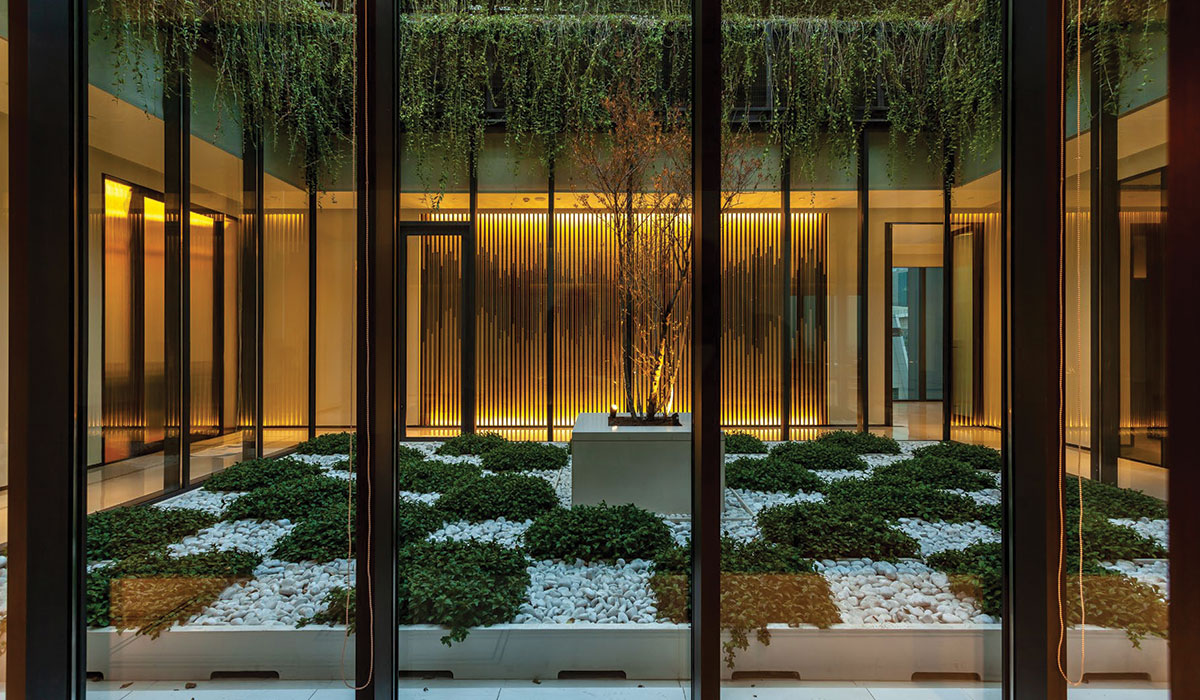
The only way for architecture to remain relevant longer than its period of conception is by creating buildings that are self-reliant.
For buildings to function with minimum resource consumption, they would have to be entirely self-sufficient and off the grid. They would rely on groundwater to meet their potable water needs and generate their own power with solar panels or PV arrays.
Thermal massing will reduce heat gain and light wells will double up as wind tunnels and enhance passive cooling; the reduced mechanical cooling requirements could be met with geothermal energy through earth air tunnels and displacement ventilation (conditioned air supply with diffusers near the floor and exhaust from ceiling height level to reduce mixing as opposed to conventional ACs that supply air from the side).
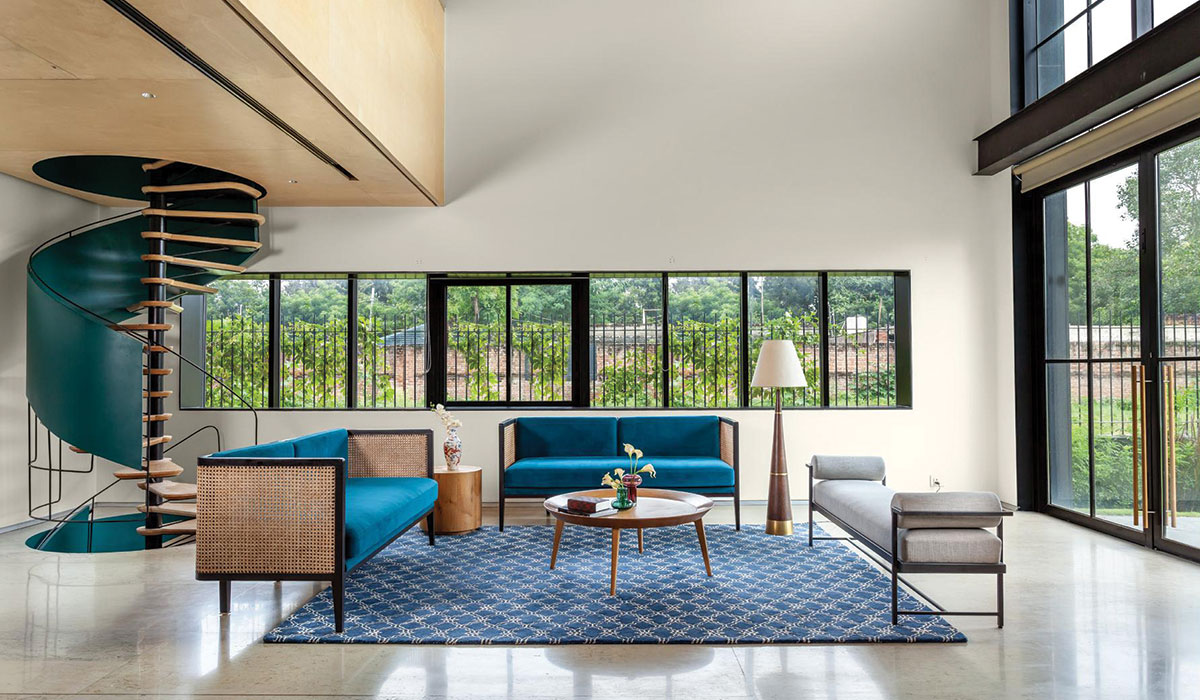
Individual pockets of greens and open spaces on multiple levels will not just aid ingress of natural light and fresh air but also house grow-rooms for farming food through techniques such as hydroponics and aeroponics. All dry and wet waste generated will be treated on site with the compost being utilised as feed for farming, while all outgoing waste to the grid will be taxed to incentivise responsible resource consumption.
